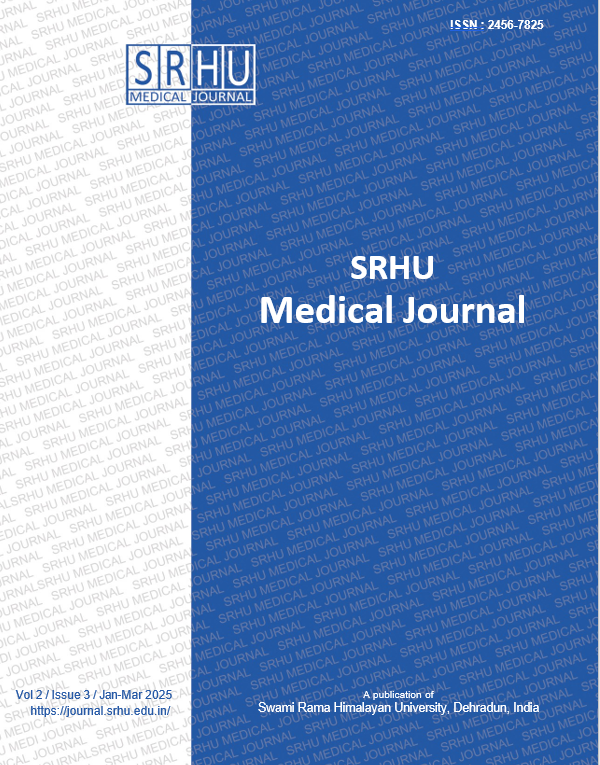Factors associated with the development and outcome of acute respiratory distress syndrome:A prospective observational study
Keywords:
Acute respiratory distress syndrome; Predictors; Development; Clinical outcome; SOFA scoreAbstract
Background: Acute respiratory distress syndrome (ARDS) is a life-threatening disorder of the lungs associated with high mortality. This work was done to determine the risk factors for the development of ARDS and the predictors of adverse clinical outcomes in patients with ARDS.
Methods: This hospital-based prospective observational study included 96 patients who fulfilled Berlin’s criteria for ARDS. Their demographic, vital, and biochemical parameters were recorded and the etiology of ARDS in each patient was determined along with the severity of the disease and corroborated with the survival and outcome of patients.
Results: Male predominance was observed (62.5%). Sepsis (45.8%) was overall the most common cause while pneumonia (41.6%) was the most common direct cause of ARDS. Abdominal pain, altered sensorium, and low mean arterial pressure (MAP) were associated with poor outcomes (p < 0.05 each). Increased mortality was associated with low hemoglobin (p = 0.004), low hematocrit (p = 0.015), thrombocytopenia (p = 0.021), raised serum creatinine (p = 0.047), hyperbilirubinemia (p = 0.020), raised serum alkaline phosphatase (p = 0.011), hypoalbuminemia (p < 0.001), raised d- dimer (p = 0.011), and high illness severity scores like sequential organ failure assessment (SOFA) score (p = 0.004) and acute physiology and chronic health evaluation (APACHE) score (p = 0.002). The mortality rate of ARDS was 58.3%.
Conclusions: Sepsis and pneumonia are the most frequent causes of ARDS associated with high mortality. The presence of abnormal clinical and biochemical parameters has a significant effect on the outcome of patients with ARDS.


